Deck & Commander Strategies
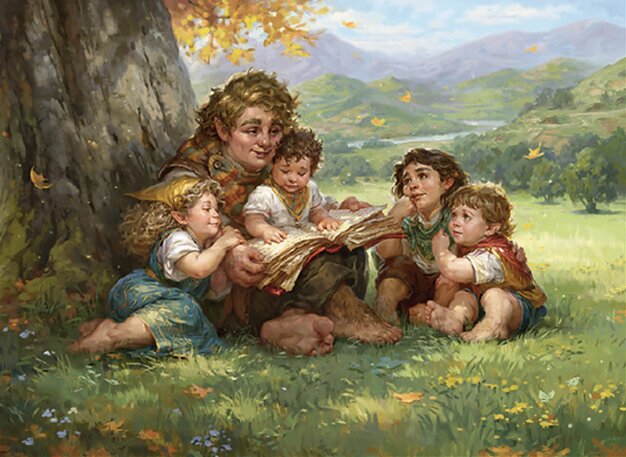
Samwise Gamgee
This deck revolves around creating Food tokens and gaining life, while capitalizing on synergies with the legendary historic theme.
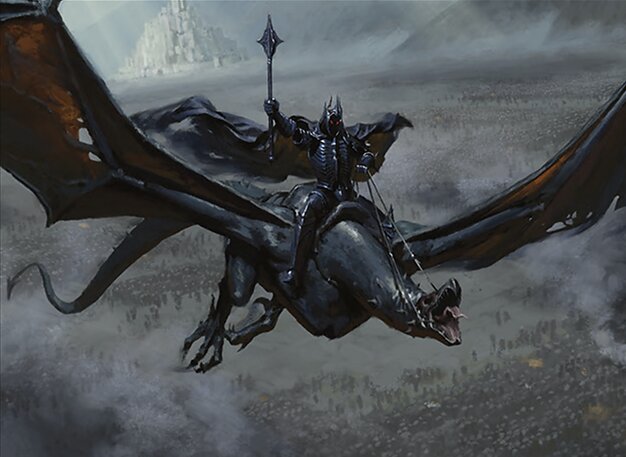
Lord of the Nazgûl
Focused on casting instant and sorcery spells to generate 3/3 black wraith creature tokens. If nine or more wraiths are present, they become 9/9 until end of turn, creating a massive offensive potential.
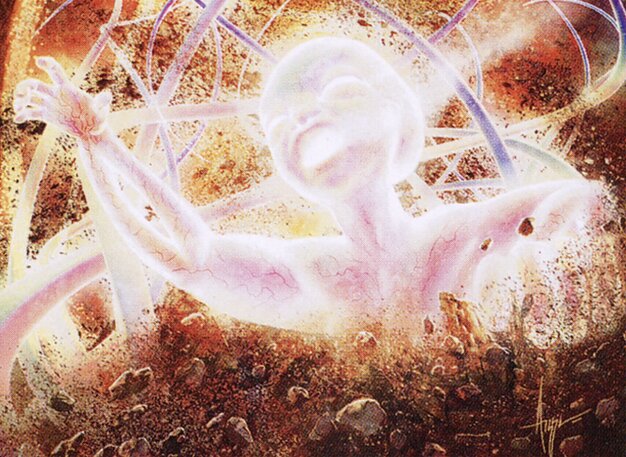
Child of Alara
This deck is built as a 'pile of dumb fatties,' relying on ramp spells and big, splashy multicolor creatures. The deck can rebuild quickly after sweeping the board with Child of Alara.
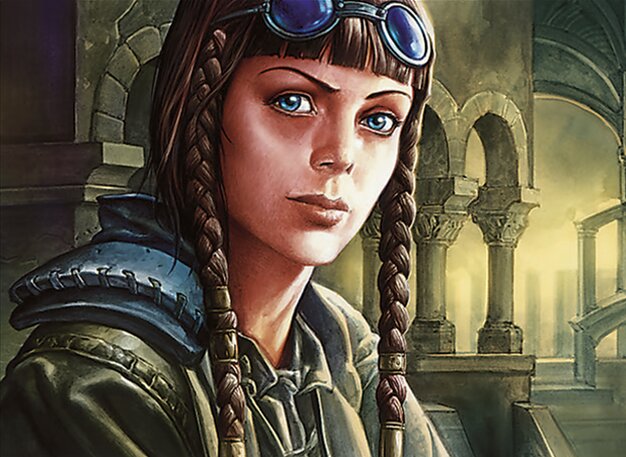
Braids, Conjurer Adept
A group hug deck that allows players to put their biggest creatures, artifacts, and lands straight onto the battlefield. This strategy creates an unpredictable, high-stakes game state.
Gameplay Insights
- 1
The early casting of Lord of the Nazgûl was a risky move that put a target on the player's back, but it also had the potential to rapidly flood the board with menacing wraiths.
- 2
The Child of Alara's missed land drop could have potentially been a major setback, but the play of Oracle of Mul Daya could help them recover and ramp up their mana base.
- 3
Samwise Gamgee's strategy of creating food tokens and lifelink creatures provided a steady source of life gain, potentially offsetting damage and buying time to establish a stronger board presence.
Notable Cards
-

Oracle of Mul Daya
Gameplay Summary
The game started off with a strong early board presence from Samwise Gamgee, with a quick setup of Food tokens and 1/1 Lifelink creatures.
A menacing threat arose with the early casting of the Lord of the Nazgûl, potentially flooding the board with 3/3 black wraith creature tokens.
The Child of Alara player struggled to find their footing, missing their third land drop.
They, however, managed to get Oracle of Mul Daya onto the field, potentially setting up for a comeback.
Braids, Conjurer Adept, started slower, focusing on setting up their mana base.







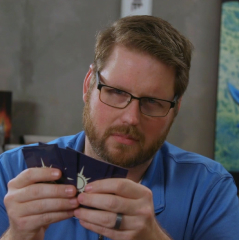


























![Commander Gameplay - #33 WG Selvala v. Kruphix v. Braids v. Kynaios and Tiro [MtG EDH Gameplay] thumbnail](https://i.ytimg.com/vi/oc5H2YtGuy4/sddefault.jpg)

![EDH Commander Gameplay [Deutsch] | Salt Wars #01 thumbnail](https://i.ytimg.com/vi/S-RTG5zexzQ/sddefault.jpg)


![Commander VS: Happy Johnny Appleseed Day! [EDH] thumbnail](https://i.ytimg.com/vi/GFdVvmC5xpE/sddefault.jpg)
![Commander VS S2E4: ????? vs ????? vs ????? vs ????? [MtG: Multiplayer] thumbnail](https://i.ytimg.com/vi/AtG_lLI-VXw/sddefault.jpg)
![Commander VS S1E7: ??? vs ??? vs ??? vs ??? Part 2 [MTG Multiplayer] thumbnail](https://i.ytimg.com/vi/p2dReYRgN8c/sddefault.jpg)














